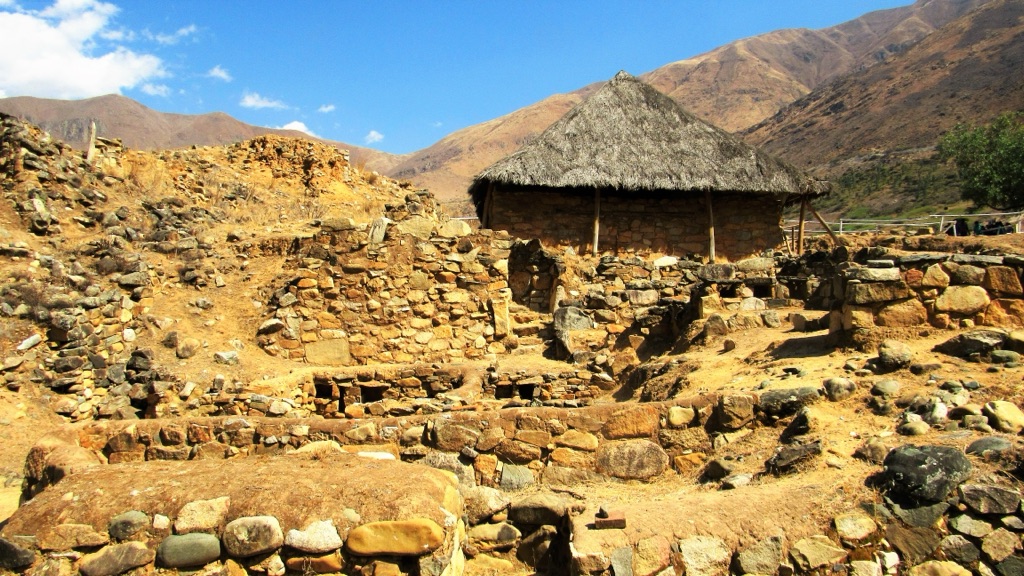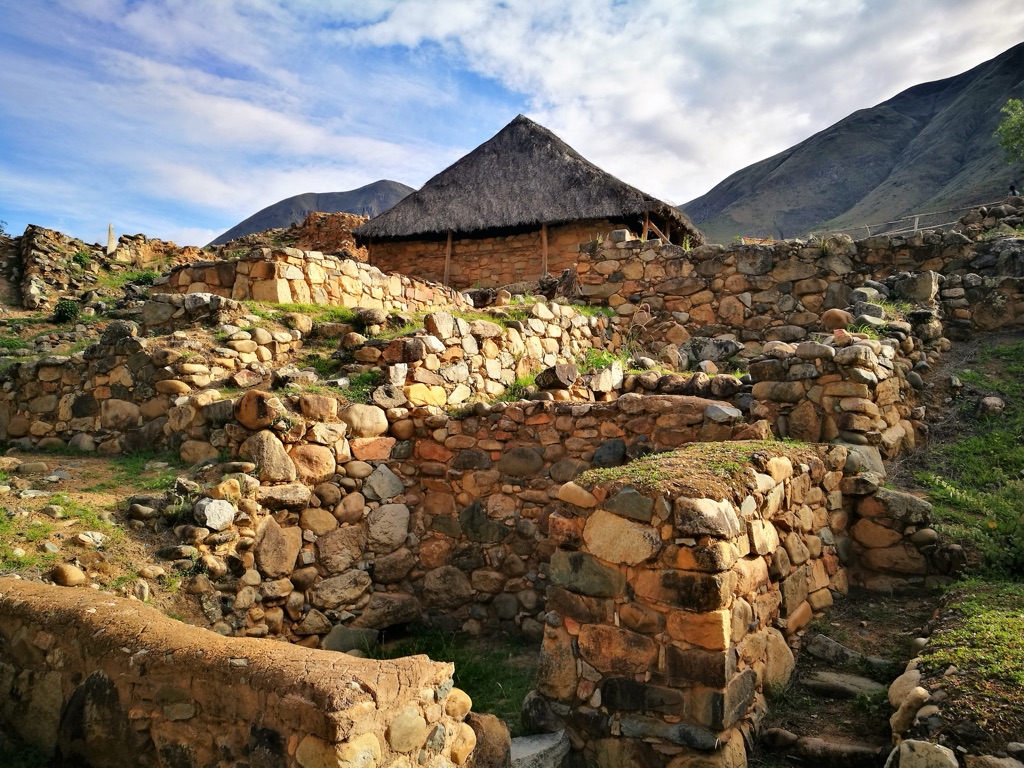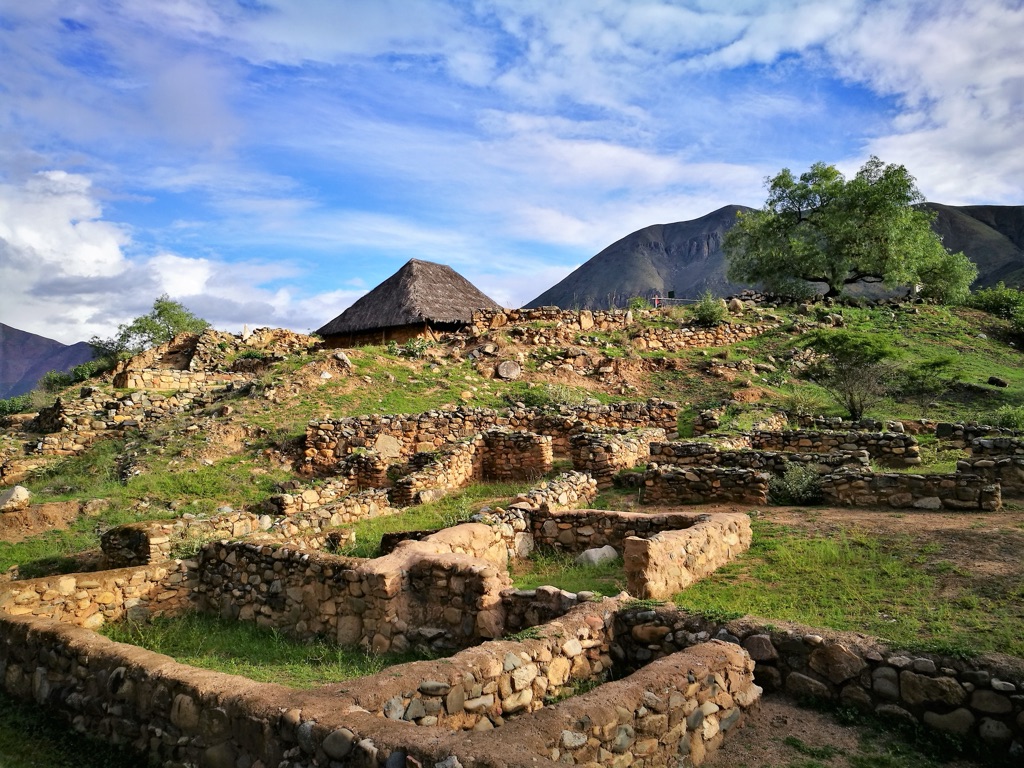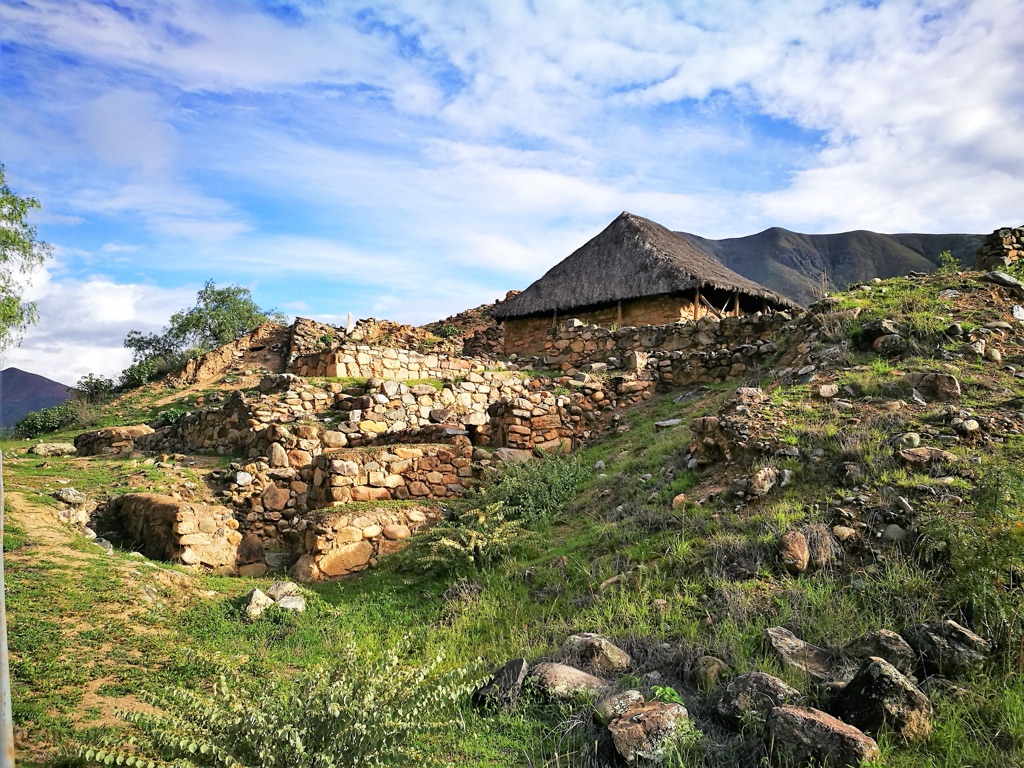Kotosh is a significant archaeological site located in the highlands of central Peru. Known for its ancient temple structures, it provides valuable insights into the country’s pre-Columbian history. The site is particularly famous for the Temple of the Crossed Hands, which contains some of the oldest known examples of religious iconography in Peru. Kotosh represents a complex of ceremonial centers that flourished during the pre-Ceramic Period, showing evidence of continuous human occupation over several millennia.
Get your dose of History via Email
Historical Background of Kotosh
Archaeologists discovered Kotosh in the 20th century, revealing its ancient roots. Seichi Izumi, a Japanese archaeologist, led the team that brought Kotosh to light in the 1960s. The site’s builders remain a mystery, but they were likely a sophisticated society. Over time, different cultures inhabited Kotosh, leaving behind a layered historical record. Although not the scene of any known historical events, Kotosh’s significance lies in its ceremonial structures and the light they shed on early Andean religion.
The Temple of the Crossed Hands is the most iconic structure at Kotosh. It dates back to approximately 1800 BC. This temple features two clay sculptures of crossed hands, which are among the earliest examples of religious art in Peru. The builders of Kotosh constructed it during a time when the Andean region saw the rise of agriculture and the formation of early complex societies. The site’s long history of occupation suggests it was an important ceremonial center for the people of the region.

After its initial period of use, subsequent cultures continued to occupy Kotosh. Each group modified the site according to their own cultural practices. The site shows evidence of use and modification up until around 1200 AD. This indicates that Kotosh was a place of enduring significance throughout the pre-Columbian history of Peru. The site’s longevity makes it an invaluable resource for understanding the development of Andean societies.
While Kotosh is not associated with any major historical battles or events, its importance comes from its religious and cultural significance. The site provides a window into the spiritual life of ancient Andean peoples. The ceremonial buildings and artifacts found at Kotosh offer clues about the beliefs, rituals, and cosmology of societies that thrived long before the rise of the Inca Empire.
The discovery and subsequent studies of Kotosh have greatly contributed to our understanding of Andean prehistory. The work of Izumi and other archaeologists has helped to piece together the complex tapestry of Peru’s ancient past. Kotosh stands as a testament to the region’s deep historical roots and the ingenuity of its early inhabitants.

About Kotosh
Kotosh is a prehistoric site that showcases a series of ancient structures, including temples and residential buildings. The most striking feature of Kotosh is the Temple of the Crossed Hands, which contains two pairs of clay hands crossed at the wrists. These sculptures are emblematic of the site’s religious significance. The temple’s architecture is simple yet profound, with a rectangular shape and a single entrance facing east.
The construction methods of Kotosh reflect the ingenuity of its builders. They used local materials, such as stone and mud bricks, to create the structures. The walls of the temples were made of small stones set in clay, and the floors were often finished with a layer of white ash. This technique provided stability and durability, allowing the buildings to withstand the test of time.
Architectural highlights of Kotosh include the use of niches in the walls of the temples, which may have held offerings or religious icons. The layout of the site suggests a high degree of planning, with ceremonial spaces distinct from residential areas. The builders of Kotosh demonstrated a sophisticated understanding of space and function, creating a site that was both practical and sacred.

The materials used in the construction of Kotosh also offer insights into the trade and resource management of the time. The presence of non-local materials indicates that the inhabitants engaged in trade with neighboring regions. This exchange of goods and ideas would have been crucial for the development of the complex society that built Kotosh.
Overall, the construction and design of Kotosh represent a significant achievement in early Andean architecture. The site’s preservation allows modern-day visitors and researchers to marvel at the skill and artistry of its ancient builders. Kotosh stands as a monument to the cultural and technological advancements of pre-Columbian Peru.
Theories and Interpretations
Several theories exist about the purpose and significance of Kotosh. The most widely accepted view is that it served as a ceremonial center. The Temple of the Crossed Hands, in particular, is thought to have been a sacred space for ritual activities. The crossed hands sculptures may symbolize duality or reciprocity, which are key concepts in Andean cosmology.
There are mysteries surrounding Kotosh, such as the identity of its builders and the meaning of its iconography. Some scholars suggest that the site was used for ancestor worship or as a calendar to mark astronomical events. The exact nature of the rituals performed at Kotosh remains a topic of speculation and research.
Interpretations of Kotosh have had to rely on the archaeological record, as there are no written historical accounts from the time of its construction. Artifacts such as pottery, tools, and remains of food offer clues about the daily life and beliefs of its inhabitants. These items have been crucial in piecing together the story of Kotosh.

Dating of the site has been carried out using methods such as radiocarbon dating. These techniques have helped establish a timeline for the occupation and use of Kotosh. The results indicate that the site was in use for several thousand years, making it one of the longest-occupied ceremonial centers in the Andes.
The interpretations of Kotosh continue to evolve as new discoveries are made. Each finding adds to our understanding of this enigmatic site. Kotosh remains an active area of research, with its secrets still being uncovered by archaeologists and historians.
At a glance
- Country: Peru
- Civilization: Pre-Columbian Andean societies, Chavin Culture
- Age: Approximately 4000 years old (dating back to around 1800 BC)
Conclusion and Sources
- Wikipedia: https://en.wikipedia.org/wiki/Kotosh
- Britannica: https://www.britannica.com/place/Kotosh
